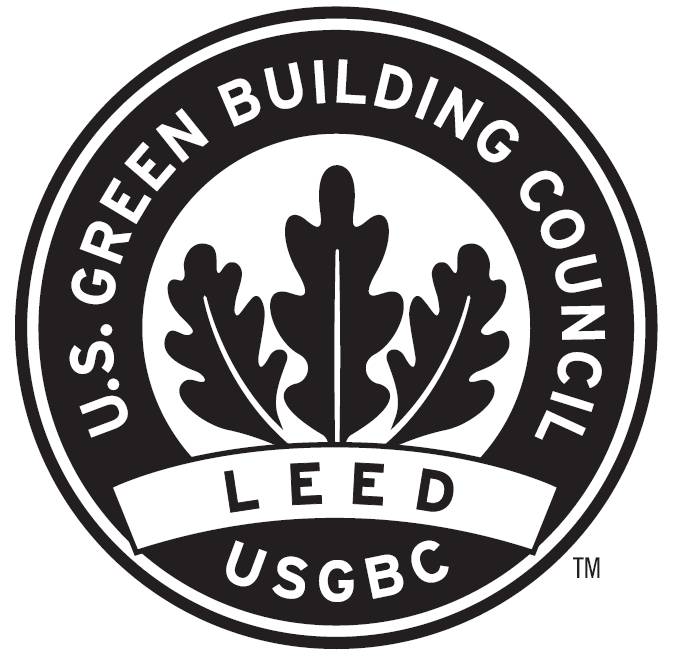The Energy Independence and Sustainable Construction Act of 2007 (48-52-800 SC Code of Laws) was intended to “promote effective energy and environmental standards for construction, rehabilitation, and maintenance of state-owned buildings...”. State agencies establishing Permanent Improvement Projects after June 2007 that meet certain size requirements are required to weigh the life-cycle benefits of constructing to the US Green Building Council’s (USGBC) Leadership in Energy and Environmental Design (LEED) or the Green Building Initiative’s Green Globes certification standards.

LEED Certifications
The LEED® green building certification program is a nationally accepted benchmark for the design, construction, and operation of green buildings. It contains prerequisites and credits in five categories: sustainable site planning, improving energy efficiency, conserving materials and resources, embracing indoor environmental quality, and safeguarding water.
The University has a number of projects that meet varying degrees of LEED certification. Below are brief descriptions of each, along with links to more in-depth information regarding specific projects.
- Academic Success Center
- AMRL
- Baruch Institute
- Core Campus
- CGEC
- CU-ICAR Auto Park
- Clemson Rowing
- Douthit Hills East
- Douthit Hills West
- Douthit Hills Hub
- Freeman Hall
- Reeves Football Complex
- Greenwood Genetics
- Greenville One
- Lee Hall 3
- Life Sciences
- Packaging Science
- Rhodes Annex
- Sandhill
- Watt Center

Green Globes is a sustainable building certification for new and existing facilities. It evaluates a project’s construction drawings, specifications, energy modeling, life cycle analysis, meeting records, storm-water management, landscaping, and commissioning, for green construction practices and assigns an appropriate rating.